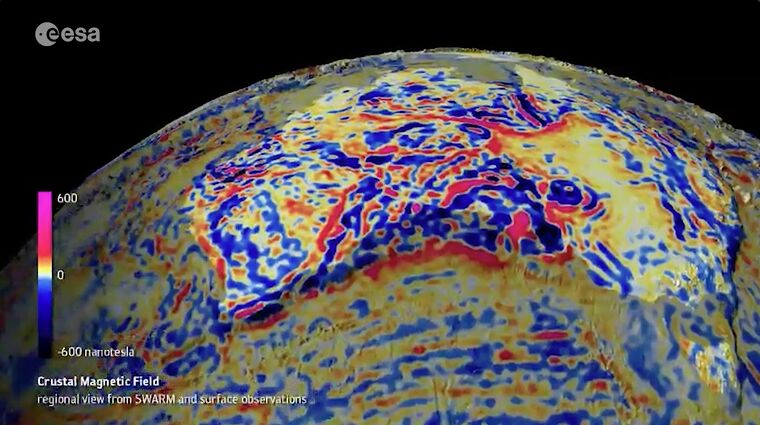Magnetic observations from the oceans have made fundamental contributions to our knowledge of plate motions and the evolution of the geomagnetic field over the past ∼200 Myr. Here we construct updated models of magnetization for the oceanic lithosphere, taking advantage of the most recent models for Earth’s past plate motions. We then evaluate these models using maps of the lithospheric field incorporating data from the CHAMP and Swarm satellite missions. Comparison between models and observations shows that satellite anomaly maps robustly capture both edges of the Cretaceous Normal Superchron, but also shorter wavelength anomalies that are clearly linked to the spreading history. Models adopting sloping magnetization boundaries with depth associated with slow cooling of oceanic lithosphere produce a better fit to observations than more simple cases with vertical magnetization boundaries. More complex parameterizations of magnetization acquisition do not improve the fit further. The amplitudes of anomalies adjacent to presently active spreading centers indicate a decrease in magnetization with age for the very youngest seafloor, with parameters consistent with those determined independently from seafloor rock samples. Results illustrate the potential to use satellite magnetic data to refine plate tectonic reconstructions and models of seafloor age in areas where existing shiptrack data are sparse.
![]()

